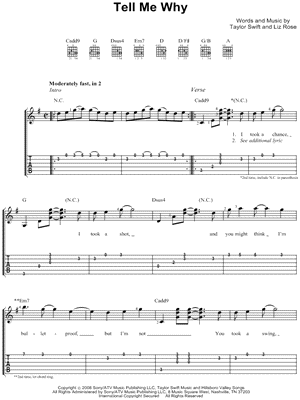

There are loads of resources out there to help you, from IRL teachers and books, to the vast network of online videos and chord sheets.
Learn a few chords and practice some strumming. 
Despite the temptation, avoid using big online stores for your first uke if possible, and instead go for a specialist who will set up your uke correctly.
Read a few reviews and buy your uke and a tuner. It’s useful to have a look on youtube or go to a specialist music shop to see which feels right for you. Modern pop music has embraced the uke, so songs by Train, Bruno Mars, and ukulele star Jake Shimakuburo are within your reach. The uke comes in a range of sizes (soprano, concert, tenor, and baritone) and styles, so it’s great fun to select the uke that feels and sounds right for you. However, there are more chords and different strumming techniques to learn, and being a really good uke player, as with any instrument, takes practice, so you can enjoy a challenge once you’ve mastered the basics. The three chords that feature in many songs (C, G, F) are simple to learn, so you can achieve a satisfying pay-off within a short space of time. This is known as re-entrant tuning, so don’t worry: your new uke isn’t tuned “wrong”! Why is ukulele popular?ĭespite an undeserved reputation for being a childish instrument, the ukulele has a great sound and versatility. 
Using “G, C, E, A”, it starts with a higher G note, and then dips lower to a C before climbing higher again. The uke is commonly tuned in a different way from other instruments. Introduced to North America through the Panama-Pacific Expo in 1915, the uke became a popular addition to jazz bands in the 1920s, and has fans all over the world, particularly in Japan. Modern ukes were developed from the Portuguese machada (or machete), which was brought over to Hawaii in the 1800s by settlers. The ukulele (uke) is a small fretted instrument that, we’ll admit it, kinda looks like a small guitar. Left to right: baritone, tenor, concert, and soprano uke, next to a guitar







 0 kommentar(er)
0 kommentar(er)
